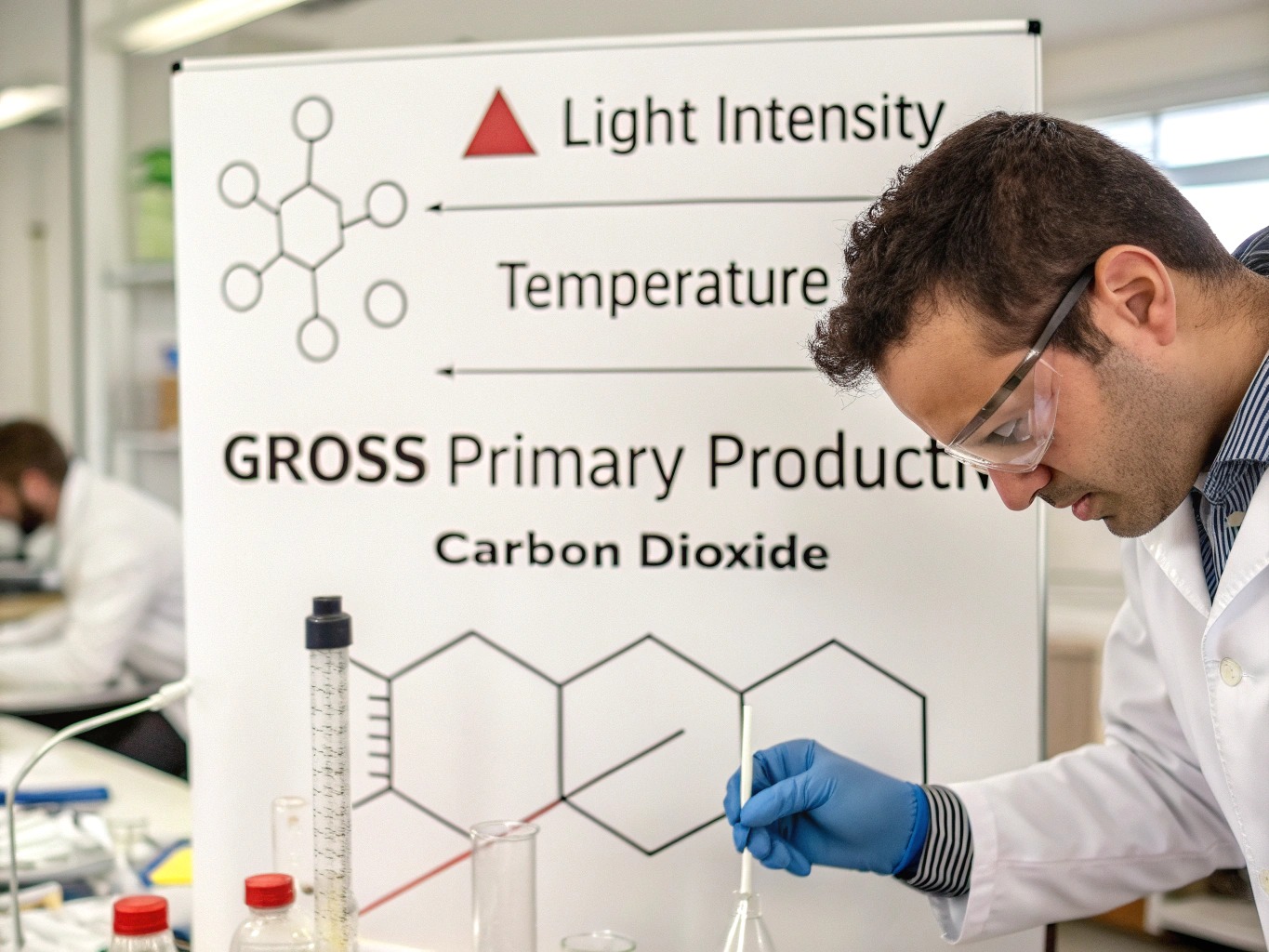How to Calculate Gross Primary Productivity in 3 Easy Steps
Understanding gross primary productivity (GPP) is fundamental for anyone interested in ecology and environmental science. GPP quantifies the total amount of organic material produced by photosynthetic organisms in a given area over a specific time. It reflects the health of an ecosystem and indicates how much energy is available to support life. This article covers how to calculate gross primary productivity in just three straightforward steps.
Step 1: Gather Required Data
To embark on the GPP calculation steps, you first need to collect relevant data, particularly about plant growth and carbon uptake. Here’s what you need:
- Light Intensity: Measure the amount of light that penetrates the ecosystem.
- Temperature: Record temperature data as it significantly affects photosynthesis.
- Photosynthetic Rates: Utilize methods such as chlorophyll fluorescence to quantify how much carbon dioxide is being taken up by plants during photosynthesis.
Make sure to note these variables over a designated time period (weekly or monthly is ideal).
Step 2: Apply the Gross Primary Productivity Formula
Once you have your data, it’s time to apply the gross primary productivity formula. The standard formula used to calculate GPP is:
[ \text{GPP} = \text{NPP} + \text{R} ]Where:
- NPP = Net Primary Productivity (the amount of energy or biomass produced after plants use some energy for their own metabolism)
- R = Respiration (the energy consumed by plants during respiration)
In simpler terms, you can find GPP by adding the NPP (calculated through plant biomass changes) and the respiratory carbon loss.
Step 3: Analyze and Interpret Results
After performing the GPP calculation, analyze the results to understand the primary productivity in ecosystems. A higher GPP suggests a healthy ecosystem, while a lower GPP may signify stressors such as pollution, climate change, or resource scarcity.
Example Calculation
Let's consider you measured the following:
- NPP: 500 g/m²/year
- Respiration (R): 200 g/m²/year
Using the formula:[ \text{GPP} = 500 + 200 = 700 \text{ g/m²/year} ]
This means your ecosystem has a gross primary productivity of 700 grams of biomass per square meter per year.

By learning how to calculate gross primary productivity, you can gain valuable insights into ecosystem health and energy flow. Regularly measuring and evaluating gross primary productivity is vital for environmental health assessments, research, and conservation efforts.
For those looking to enhance their productivity skills beyond the sciences, consider checking out the AI for Productivity eBook + Checklist: Supercharge Your Efficiency in 2025 for tools and strategies that can significantly boost your efficiency.
Frequently Asked Questions (FAQs)
Q: What is Gross Primary Productivity?
A: Gross Primary Productivity is the total amount of organic matter produced by photosynthetic organisms in an ecosystem.
Q: Why is GPP important?
A: It helps determine the energy available in an ecosystem and allows for the assessment of ecosystem health.
Q: How does temperature affect GPP?
A: Temperature influences the rates of photosynthesis and respiration, thereby impacting overall productivity levels.
Q: How can I measure NPP?
A: You can measure NPP by calculating the biomass changes over a specific time frame.
For additional resources on enhancing focus and efficiency, explore the ADHD Productivity Power Pack: Ebooks, Guides, Checklists, Workbook & Tools to Master Focus, Time Management & Organization.
Understanding how to calculate gross primary productivity equips you with essential tools to assess and improve the environments we live in. Embrace these steps, and keep striving for that deeper ecological understanding!

